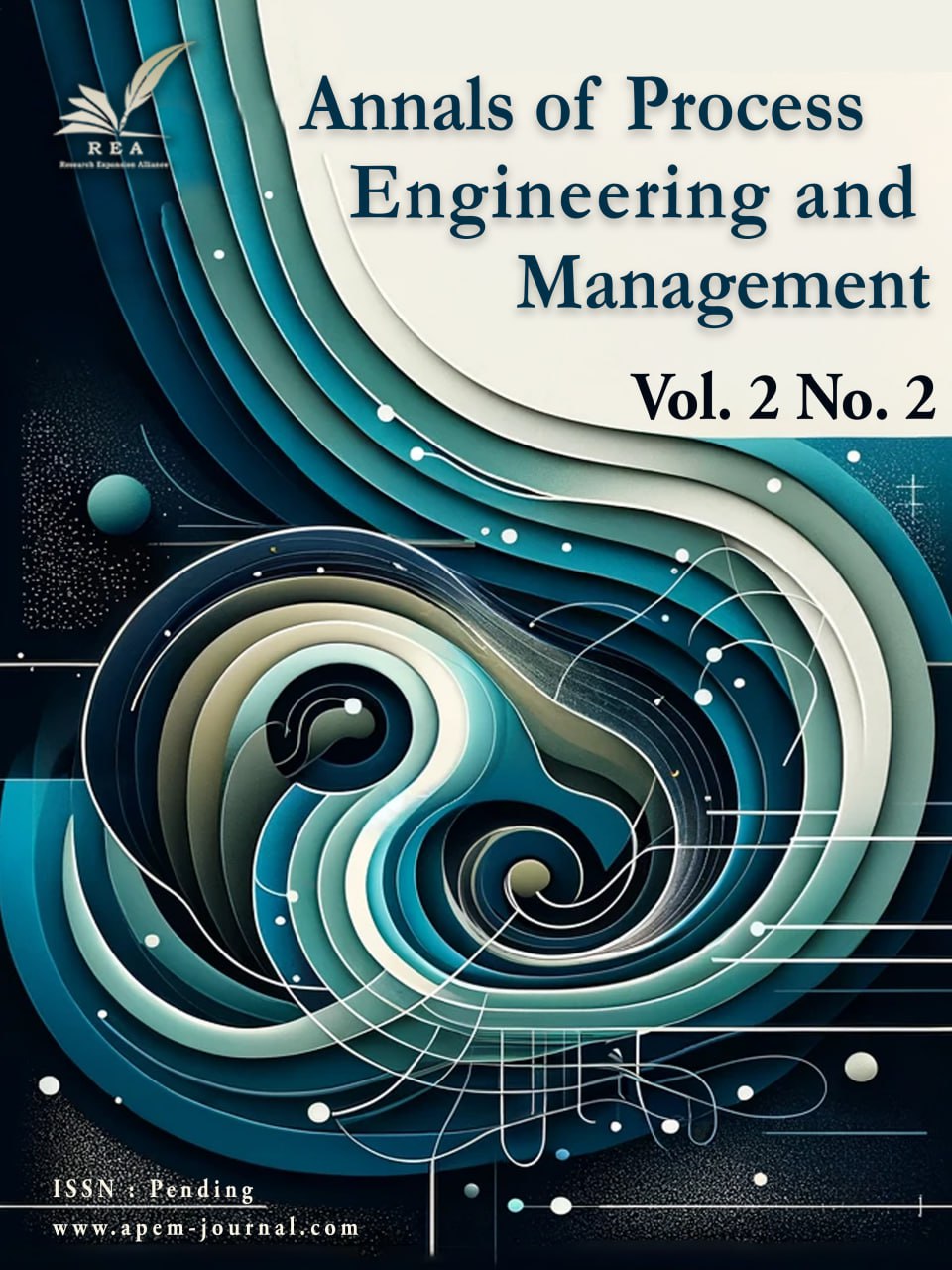The Impact of Critical Success Factors on E-Public Procurement Processes
Abstract
The procurement process encompasses the stages from identifying requirements to delivering purchased goods or services to the customer, and any improvement in this process can impact business performance and the entire supply chain. The management of procurement processes in public sector enterprises involves guidelines and procedures regulated by the government to procure goods and services. Electronic procurement technology provides a mechanism for oversight and acquisition in the procurement process, creating transparency that facilitates monitoring. In this context, identifying Critical Success Factors (CSF) for implementing e-government processes is the focus of this research, as neglecting these factors can adversely affect the continuity of initiatives, activities, and, ultimately, impactful processes.
This study aims to establish a connection between key performance indicators of electronic procurement in the public sector and electronic procurement operational processes at the government level, which will be useful for stakeholders in the field of electronic public procurement. Scientific documents published between 2000 and 2024 were reviewed. After thoroughly examining the collected studies, content analysis of the documents, and structured and semi-structured interviews, significant results were extracted, demonstrating the relationship between CSF and the operational processes of electronic procurement in the public sector.
Keywords:
Business process management, Electronic public procurement, Electronic procurement processes, Critical success factorReferences
- [1] Tajarlou, R., & Ghorbany Darabad, B. (2016). Integrity in public procurement. Journal of researches energy law studies, 2(1), 85–120. https://doi.org/10.22059/jrels.2016.61022
- [2] Rockart, J. F. (1979). Chief executives define their own data needs. Harvard business review, 57(2), 81–93. https://europepmc.org/article/med/10297607
- [3] Mavidis, A., & Folinas, D. (2022). From public E-procurement 3.0 to E-procurement 4.0; A critical literature review. Sustainability, 14(18). https://doi.org/10.3390/su141811252
- [4] Rockart, J. F., & Morton, M. S. (1984). Implications of changes in information technology for corporate strategy. Interfaces, 14(1), 84–95. https://doi.org/10.1287/inte.14.1.84
- [5] Pourkiani, F. (2011). Extraction and ranking of factors affecting the implementation of electronic procurement in organizations (Case study: The Islamic Republic of Iran railway company). [Thesis]. (In Persian).
- [6] Panda, P., Sahu, G. P., & Gupta, B. (2019). E-government procurement implementation in India: Evolving decision parameters for project success. International journal of business information systems, 31(3), 414–454. https://doi.org/10.1504/IJBIS.2019.101119
- [7] Panda, D., & Sahu, G. P. (2012). E-Procurement implementation: Critical analysis of success factors’ impact on project outcome. https://dx.doi.org/10.2139/ssrn.2019575
- [8] Basheka, B. C., Oluka, P. N., & Mugurusi, G. (2012). Adopting new approaches for public procurement efficiency: Critical success factors (CSFs) for the implementation of e-procurement in Uganda’s public sector. International journal of procurement management, 5(6), 712–732. https://doi.org/10.1504/IJPM.2012.049711
- [9] Caldwell, N., & Bakker, E. (2017). Procurement process in the public sector: An international perspective. In International handbook of public procurement (pp. 427–442). Routledge. https://doi.org/10.4324/9781315092539-22


